GROUP I GRAINS
2 daily servings
E.G. wholemeal biscuits, bread or crispbreads; brown rice; muesli; oat porridge; whole-wheat pasta.
GROUP II MILK, MILK PRODUCTS AND FATS
2-4 daily servings
E.G. milk, butter, cheese (soft and hard), cream, vegetable oils (olive and walnut especially, but also corn, groundnut, safflower and sunflower), yoghurt.
GROUP III PROTEINS
At least 2 daily servings
E. G. beans (dried), grains, beef, chicken, eggs, oily fish (herring, mackerel, sardine, tuna, salmon), offal (kidney, liver), meat (beef, lamb, pork, poultry), nuts, game (rabbit, venison etc.), seeds (good sprouted as well), shellfish and white fish (cod, monkfish etc.).
GROUP IV FRESH VEGETABLES AND FRUIT
4-5 or more daily servings
Some vegetables and fruit should be eaten raw. Hard vegetables may be cooked. It is wise to eat some raw food at every meal because this supplies an important enzyme, which is destroyed by cooking. Also more vitamins and minerals are retained in the food if uncooked; some water-soluble vitamins are actually lost when the food is cooked.





